|
Yes, they exist! At the height of the Roman inquisition in the late sixteenth, early seventeenth centuries, Michelangelo Merisi da Caravaggio ignored the rigid rules that guided what could be painted. Rather than follow the current style based on idealized human beings in ennobling religious stories, he used real people as models. More than that, he invented a genre based on daily life rather than on religious or historical stories. He taught people to see the holy in the everyday and the everyday in the holy. This alone was a tremendous act of rebellion and could have led to imprisonment, even death. Caravaggio did go to prison, many times, but not for the crime of pictorial heresy. His first arrest was for carrying a sword without a permit— yes, you needed a sword license then, much as you need a gun permit today. His second arrest happened when an officer stopped him for carrying a weapon. Though Caravaggio had the permit, he refused to show it. The third time he was spotted carrying his sword, he showed the permit. The officer thanked him, but Caravaggio couldn't resist cursing out the policeman, so he was arrested for insulting an officer. But the best arrest was for assault with a vegetable. This is the official deposition, taken 18 November 1599: It was around five in the afternoon and the aforesaid Caravaggio, along with some others, was eating in the Moor of the Magdalene where I work as a waiter. I brought him eight cooked artichokes, that is four in butter and four in oil and he asked me which were cooked in oil and which in butter. I told him that he could smell them and easily know which were cooked in butter and which were cooked in oil, and he got up in a fury and without saying a word, he took the plate from me and threw it in my face where it hit my cheek. You can still see the wound. And then he reached for his sword and he would have hit me with it, but I ran away and came right to this office to present my complaint. Caravaggio went on to be arrested many more times for more serious assaults, including murder. Now, though, he's not remembered as a criminal, but rather as an artistic genius who inspired generations of followers. Judith Beheading Holofernes (1599–1602) is the first of several paintings in which Caravaggio chose to depict the dramatic and gory subject of decapitation. Wikimedia Basket of Fruit, c. 1595–1596, oil on canvas. Caravaggio's realistic view of things is exemplified in this still life. The bowl is teetering on the edge of the table, some of the leaves are withered, and the apple in the front is far from perfect. Wikimedia 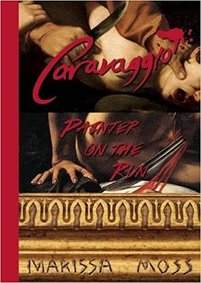 Marissa Moss's book Caravaggio:Painter on the Run tells a compelling story that humanizes Caravaggio while describing the political and social atmosphere in which he lived. Moss, Marissa. "Police Reports from the Sixteenth Century?" Nonfiction Minute, iNK Think Tank, 24 01 2018, http://www.nonfictionminute.org/the-nonfiction-minute/police-reports-from-the-sixteenth-century6158812.
0 Comments
 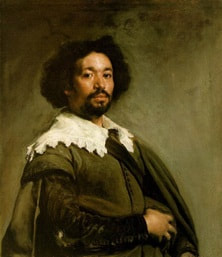 Diego Velázquez, "Portrait of Juan de Pareja," 1650,Oil on canvas, 81.3 x 69.9 cm, Metropolitan Museum of Art, New York, New York, USA Diego Velázquez, "Portrait of Juan de Pareja," 1650,Oil on canvas, 81.3 x 69.9 cm, Metropolitan Museum of Art, New York, New York, USA Diego Velazquez (1599 – 1660) was a famous Spanish painter. He had a slave named Juan de Pareja (1606 – 1670). Call him an indentured servant if you want, but it’s more accurate to say he was Velazquez's slave, as he was not at liberty to leave. For years, Pareja prepared brushes, ground pigments, and stretched canvasses for the artist. While he was at it, Pareja observed his master carefully, and secretly taught himself how to use the materials, and how to paint. Pareja was referred to as a Morisco in Spanish. One way to translate the word is that he had mixed parentage (the offspring of a European Spaniard and a person of African descent). Another way to translate the word is that he was a Moor—someone descended from Muslims who had remained in Spain after its conquest by Ferdinand and Isabella. In 1650, Velazquez was preparing to paint a portrait of Pope Innocent X. As practice, he painted Pareja, who had accompanied the artist to Italy. Here is the portrait. It's a pretty amazing picture, isn't it? Velazquez got all sorts of praise for it from the artists in Rome—he was even elected into the Academy of St. Luke. According to some sources, Velazquez would not allow Pareja to pick up a paintbrush. But one day, when King Philip IV was due to visit Velazquez, Pareja placed one of his own paintings where the king would see it. When the king admired it, believing it to be by Velazquez, Pareja threw himself at the king’s feet and begged for the King to intercede for him. Whether or not that story is true, Pareja did become an accomplished painter, and impressed the king so much that he ordered Pareja freed. Pareja remained with the Velazquez family until his death. It was hard to find examples of his paintings, but here are two that are attributed to him. 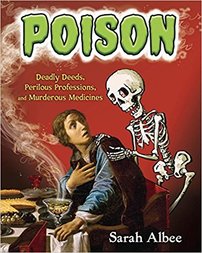 Sarah Albee's latest book is Poison: Deadly Deeds, Perilous Professions and Murderous Medicines. You can read a review that gives you a dose of what's in this book. MLA 8 Citation Albee, Sarah. "The Painter Was a Slave." Nonfiction Minute, iNK Think Tank, 25 Oct. 2017, www.nonfictionminute.org/the-nonfiction-minute/the-painter-was-a-slave. 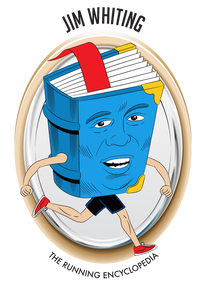 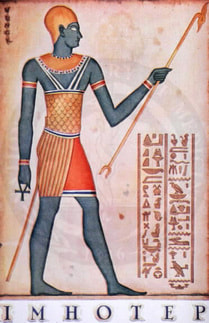 The Renaissance began in Europe in the 15th century and marked the change from the medieval period to the modern world. Towering figures such as Michelangelo, Galileo, and especially Leonardo da Vinci were known as Renaissance men because of their talents and lasting achievements in several important areas of knowledge. They were also accomplished musicians, public speakers, athletes, poets, and so forth. And they were expected to do all this stuff without breaking a sweat. You could give the same title to an ancient Egyptian named Imhotep, who lived about 2600 BCE. He was the vizier, the most important government official, during the reign of Pharaoh Djoser. He served as the high priest of the god Ra and was an expert astronomer. Imhotep designed and oversaw the building of the first major pyramid in Egypt. Located at Saqqara, at the time it was the world’s tallest structure. He innovated the use of stones rather than mud bricks to build it, and it was that added strength that enabled the pyramid to rise so high. He is also credited with the invention of several devices that facilitated the construction. Many people believe that Imhotep, rather than the Greek Hippocrates who lived more than 2,000 years later, is the real “Father of Medicine.” In an era when most physicians relied on magic spells and appeals to the gods, Imhotep prescribed dozens of effective down-to-earth treatments for illnesses and injuries. He is credited with ending a seven-year famine in Egypt. He advised the pharaoh to make sacrifices to Khnum, the god of the annual flooding of the Nile River, and thereby provide desperately needed water to farmers. On a more practical level, he invented an improved irrigation system to carry water to the crops even if the river level was abnormally low. In addition to these accomplishments, an inscription at the base of one of his statues notes that he was “Chief Carpenter, Chief Sculptor, and Maker of Vases in Chief.” In his little spare time, he wrote poetry and dispensed philosophical advice. Imhotep can also boast of two accomplishments that eluded even Leonardo da Vinci. He was deified after his death and worshipped for many centuries, an honor accorded to hardly anyone besides the pharaohs. And today the comic book community gives him the credit for founding S.H.I.E.L.D., the Marvel Comics espionage and crime-fighting agency that became the basis for blockbuster movies such as Iron Man, Thor, and Captain America. 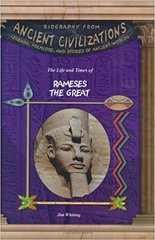 Jim Whiting has written a book on another great Egyptian leader -- Ramses the Great who lived about 1350 years after Imhotep. He fully lived up to the "Great" part of his name. His reign lasted for 67 years, the second longest in Egypt’s 3,000-year history. He had dozens of wives and more than 100 children, outliving many of them. He was a military leader who expanded the borders of his country. That resulted in decades of peace and prosperity for his people. He ordered huge statues of himself to be erected all over Egypt. For more information, click here. MLA 8 Citation
Whiting, Jim. "A Renaissance Man - 4,000 Years before the Renaissance." Nonfiction Minute`, iNK Think Tank, 8 Feb. 2018, www.nonfictionminute.org/the-nonfiction-minute/ A-Renaissance-Man-4,000-Years-Before-the-Renaissance.  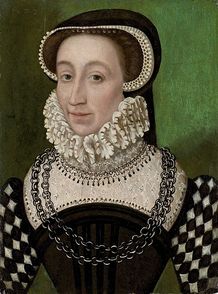 Catherine de Medici. She didn't travel light. Catherine de Medici. She didn't travel light. During the Renaissance, French kings and queens built many palaces, in an area known as the Loire Valley. The royal family would travel from palace to palace to get away from Paris, the way you might head to a lake house. The Loire Valley is not very close to Paris. It’s about 110 miles from Paris to the palace of Chambord, for instance. I wondered how long it took sixteenth century travelers to make this journey—and why there were so many palaces. First, the distance. Under the best of conditions (good roads, decent weather, level ground), humans can walk four miles per hour over long distances. Horses can’t do much better–maybe five mph—but a lot less if they’re pulling something or if roads are in awful condition. A horse can canter at 20 mph, but it can only do that for six to eight miles at a time, after which it will slow down and walk, or stop completely. So it would have taken a long time to get from place to place. Under the best conditions, a journey from Paris to Chambord would have taken three weeks. But in fact, it took a lot longer than that. Because in the sixteenth century, the royal court didn’t just hop on a horse and head to their country home. They took everything and everyone with them, loading all the stuff onto the backs of horses and mules. When Catherine de Medici was queen of France, she traveled with her ladies and gentlemen, foreign ambassadors, pet bears, servants, retainers, attendants, apothecaries, astrologists, tutors, musicians, cooking pots, food, clothing, portable triumphal arches, wall hangings, and furniture. And the reason there were so many palaces is simply that the court in Renaissance times –thousands of people–had to move around from estate to estate so as to find new hunting grounds. Once they’d exhausted the food supply in the area, they moved on to the next estate. Also, the sanitation was dreadful. After thousands of people had taken up residence in and around a great estate for a few weeks, filth piled up, and with it, stench and disease. The royal procession could be miles long. When Catherine de Medici’s court packed up and left for a new palace, the beginning of the royal caravan sometimes entered a town before those traveling at the back of it had left the last one.  Sara Albee's recent book is Why'd They Wear That?, published by National Geographic in 2015. Get ready to chuckle your way through centuries of fashion dos and don'ts! In this humorous and approachable narrative, you will learn about outrageous, politically-perilous, funky, disgusting, regrettable, and life-threatening creations people have worn throughout the course of human history, all the way up to the present day. For more information, click here. MLA 8 Citation
Albee, Sarah. "Renaissance Road Trips." Nonfiction Minute, iNK Think Tank, www.nonfictionminute.org/the-nonfiction-minute/renaissance-road-trips.  Michelangelo Merisi da Caravaggio (1571 – 1610) came from humble origins, the son of a stonecutter. He moved from Milan to Rome while in his twenties, looking for painting commissions in the newly built churches and palazzi that were springing up there. Caravaggio became known as a master of realism—populating his paintings with contemporary, ordinary people—many of them rogues and ruffians from the mean streets of Rome. People were shocked by his realistic paintings. They were used to looking at devotional paintings showing choirs of angels and golden shafts of light beaming down from heaven. A big part of Caravaggio’s problem is that he felt (correctly) that he was underappreciated as a painter. He was hot-headed and quick to pick a fight, and kept getting into trouble. In 1594 he was arrested for hurling a plate of artichokes at a waiter, and he was forever getting involved in Roman street brawls. In 1606 he really messed up. While he was playing an early version of tennis, palla a corda, with a close friend, a wealthy acquaintance named Ranuccio Tomassoni walked by with a couple of his relatives and challenged Caravaggio to a game. They played. Each thought he’d won. They drew swords. They chased each other around, hacking away. Caravaggio was slashed twice, but then buried his blade in his enemy’s stomach. Ranuccio died shortly thereafter, and Caravaggio’s friends dragged Caravaggio away to a nearby house to bandage him up. The police came after him, and Caravaggio fled for the hills outside of Rome. He became a fugitive from the law. He was convicted of murder in absentia, and sentenced to death. For the next few years, he continued to paint while on the run. His reputation as an artist was growing. Still pursued by the law, he fled to Malta in 1607, got in trouble there, and fled to Sicily. By 1609, he was widely known as a master painter, and he traveled to Naples to await word from the Pope that his petition to be pardoned might be approved. While there, he was ambushed by four assassins, who stabbed him around the face and neck. He managed to survive the attack, but was left disfigured. When his papal pardon finally arrived, in 1610, he set sail for Rome but fell ill on the way with a fever—probably malaria. He died in 1610. 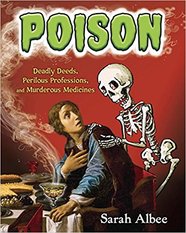 Sara Albee's latest book is Poison: Deadly Deeds, Perilous Professions, and Murderous Medicines. , Vicki Cobb reviewed this fascinating book-- poisons are in more places than you can ever imagine. Get A Dose Of This! MLA 8 Citation
Albee, Sarah. "Renaissance Bad Boy." Nonfiction Minute, iNK Think Tank, 5 Jan. 2018, www.nonfictionminute.org/Renaissance-Bad-Boy. |
*NEWS
|
For Vicki Cobb's BLOG (nonfiction book reviews, info on education, more), click here: Vicki's Blog
The NCSS-CBC Notable Social Studies Committee is pleased to inform you
that 30 People Who Changed the World has been selected for Notable Social Studies Trade Books for Young People 2018, a cooperative project of the National Council for the Social Studies (NCSS) & the Children’s Book Council
Categories
All
Abolitionists
Adams Janus
Adaptation
Adaptations
Adkins Jan
Advertising
Aerodynamics
Africa
African American History
African Americans
Africa West
Agriculture
Aircraft
Air Pilots
Air Pressure
Air Travel
Albee Sarah
Alchemy
Alligators
Allusion
American History
American Icons
Amphibians
Amundsen Roald
Anatomy
Ancient
Ancient Cultures
Anderson Marian 1897-1993
Animal Behavior
Animal Experimentation
Animal Intelligence
Animals
Animation
Antarctica
Ants
Apache Indians
Apes
April Fool's Day
Architecture
Argument
Arithmetic
Art
Art Deco
Artists
Arts
Asia
Astronauts
Astronomy
Athletes
Atomic Theory
Audubon Societies
Authors
Autobiography
Automobiles
Aviation
Awards
Bacteria
Baseball
Battuta Ibn
Bears
Beatles
Beavers
Bees
Biodegradation
Biography
Biology
Biomes
Biomimicry
Biplanes
Birds
Black Death
Black History
Blindness
Blizzards
Bombs
Bonaparte Napoleon
Boone Daniel
Botany
Brazil
Bridges
Brill Marlene Targ
Brooklyn Bridge
Brown John
Buffaloes
Building Materials
Butterflies
Caesar
Caesar Julius
Caissons
Calculus
Calendars
Cannibal
Capitals
Caravaggio
Carbon Dioxide
Carnivores
Carson Mary Kay
Cartoons & Comics
Carving (Decorative Arts)
Cascade Range
Castaldo Nancy
Castles
Castrovilla Selene
Cathedrals
Cats
Caves
Celts
Cemeteries
Chemistry
Children's Authors
Child Welfare
China
Choctaw Indians
Christmas
Chronometers
Cicadas
Cinco De Mayo
Ciphers
Circle
Citizenship
Civil Rights
Civil Rights Movements
Civil War
Civil War - US
Climate
Climate Change
Clocks And Watches
Clouds
Cobb Vicki
COBOL (Computer Language)
Code And Cipher Stories
Collard III Sneed B.
Collectors And Collecting
Color
Commerce
Communication
Competition
Compilers
Composers
Computers
Congressional Gold Medal
Consitution
Contests
Contraltos
Coolidge Calvin
Cooling
Corms
Corn
Counterfeiters
Covid-19
Crocodiles
Cryptography
Culture
Darwin Charles
Declaration Of Independence
Decomposition
Decompression Sickness
Deep-sea Animals
Deer
De Medici Catherine
Design
Detectives
Dickens Charles
Disasters
Discrimination
Diseases
Disney Walt
DNA
Dogs
Dollar
Dolphins
Douglass Frederick 1818-1895
Droughts
Dr. Suess
Dunphy Madeleine
Ear
Earth
Earthquakes
Ecology
Economics
Ecosystem
Edison Thomas A
Education
Egypt
Eiffel-gustave-18321923
Eiffel-tower
Einstein-albert
Elephants
Elk
Emancipationproclamation
Endangered Species
Endangered-species
Energy
Engineering
England
Englishlanguage-arts
Entomology
Environmental-protection
Environmental-science
Equinox
Erie-canal
Etymology
Europe
European-history
Evolution
Experiments
Explorers
Explosions
Exports
Extinction
Extinction-biology
Eye
Fairs
Fawkes-guy
Federalgovernment
Film
Fires
Fishes
Flight
Floods
Flowers
Flute
Food
Food-chains
Foodpreservation
Foodsupply
Food-supply
Football
Forceandenergy
Force-and-energy
Forensicscienceandmedicine
Forensic Science And Medicine
Fossils
Foundlings
France
Francoprussian-war
Freedom
Freedomofspeech
French-revolution
Friction
Frogs
Frontier
Frontier-and-pioneer-life
Frozenfoods
Fugitiveslaves
Fultonrobert
Galapagos-islands
Galleys
Gametheory
Gaudi-antoni-18521926
Gender
Generals
Genes
Genetics
Geography
Geology
Geometry
Geysers
Ghosts
Giraffe
Glaciers
Glaucoma
Gliders-aeronautics
Global-warming
Gods-goddesses
Gold-mines-and-mining
Government
Grant-ulysses-s
Grasshoppers
Gravity
Great-britain
Great-depression
Greece
Greek-letters
Greenberg Jan
Hair
Halloween
Handel-george-frederic
Harness Cheryl
Harrison-john-16931776
Health-wellness
Hearing
Hearing-aids
Hearst-william-randolph
Henry-iv-king-of-england
Herbivores
Hip Hop
History
History-19th-century
History-france
History-world
Hitler-adolph
Hoaxes
Holidays
Hollihan Kerrie Logan
Homestead-law
Hopper-grace
Horses
Hot Air Balloons
Hot-air-balloons
Housing
Huguenots
Human Body
Hurricanes
Ice
Icebergs
Illustration
Imagery
Imhotep
Imperialism
Indian-code-talkers
Indonesia
Industrialization
Industrial-revolution
Inquisition
Insects
Insulation
Intelligence
Interstatecommerce
Interviewing
Inventions
Inventors
Irrational-numbers
Irrigation
Islands
Jacksonandrew
Jazz
Jeffersonthomas
Jefferson-thomas
Jemisonmae
Jenkins-steve
Jet-stream
Johnsonlyndonb
Jokes
Journalism
Keeling-charles-d
Kennedyjohnf
Kenya
Kidnapping
Kingmartinlutherjr19291968
Kingmartinlutherjr19291968d6528702d6
Kings-and-rulers
Kings Queens
Kings-queens
Koala
Labor
Labor Policy
Lafayette Marie Joseph Paul Yves Roch Gilbert Du Motier Marquis De 17571834
Landscapes
Languages-and-culture
Law-enforcement
Layfayette
Levers
Levinson Cynthia
Lewis And Clark Expedition (1804-1806)
Lewis Edmonia
Liberty
Lift (Aerodynamics)
Light
Lindbergh Charles
Liszt Franz
Literary Devices
Literature
Lizards
Longitude
Louis XIV King Of France
Lumber
Lunar Calendar
Lynching
Macaws
Madison-dolley
Madison-james
Madison-james
Mammals
Maneta-norman
Maneta-norman
Marathon-greece
Marine-biology
Marine-biology
Marines
Marsupials
Martial-arts
Marx-trish
Mass
Massachusetts-maritime-academy
Mass-media
Mastodons
Mathematics
May-day
Mcclafferty-carla-killough
Mcclafferty-carla-killough
Mckinley-william
Measurement
Mechanics
Media-literacy
Media-literacy
Medicine
Memoir
Memorial-day
Metaphor
Meteorology
Mexico
Mickey-mouse
Microscopy
Middle-west
Migration
Military
Miners
Mississippi
Molasses
Monarchy
Monsters
Montgomery
Montgomery-bus-boycott-19551956
Montgomery-heather-l
Monuments
Moon
Moran-thomas
Morsecode
Morsesamuel
Moss-marissa
Moss-marissa
Motion
Motion-pictures
Mummies
Munro-roxie
Munro-roxie
Musclestrength
Museums
Music
Muslims
Mythologygreek
Nanofibers
Nanotechnology
Nathan-amy
Nathan-amy
Nationalfootballleague
Nationalparksandreserves
Nativeamericans
Native-americans
Native-americans
Naturalhistory
Naturalists
Nature
Nauticalcharts
Nauticalinstruments
Navajoindians
Navigation
Navy
Ncaafootball
Nervoussystem
Newdeal19331939
Newman-aline
Newman-aline
Newton-isaac
New-york-city
Nobelprizewinners
Nomads
Nonfictionnarrative
Nutrition
Nylon
Nymphs-insects
Oaths Of Office
Occupations
Ocean
Ocean-liners
Olympics
Omnivores
Optics
Origami
Origin
Orphans
Ottomanempire
Painters
Painting
Paleontology
Pandemic
Paper-airplanes
Parksrosa19132005
Parrots
Passiveresistance
Patent Dorothy Hinshaw
Peerreview
Penguins
Persistence
Personalnarrative
Personification
Pets
Photography
Physics
Pi
Pigeons
Pilots
Pinkertonallan
Pirates
Plague
Plains
Plainsindians
Planets
Plantbreeding
Plants
Plastics
Poaching
Poetry
Poisons
Poland
Police
Political-parties
Pollen
Pollution
Polo-marco
Populism
Portraits
Predation
Predators
Presidentialmedaloffreedom
Presidents
Prey
Prey-predators
Prey-predators
Prime-meridian
Pringle Laurence
Prohibition
Proteins
Protestandsocialmovements
Protestants
Protestsongs
Punishment
Pyramids
Questioning
Radio
Railroad
Rainforests
Rappaport-doreen
Ratio
Reading
Realism
Recipes
Recycling
Refrigerators
Reich-susanna
Religion
Renaissance
Reproduction
Reptiles
Reservoirs
Rheumatoidarthritis
Rhythm-and-blues-music
Rice
Rivers
Roaringtwenties
Roosevelteleanor
Rooseveltfranklind
Roosevelt-franklin-d
Roosevelt-theodore
Running
Russia
Safety
Sanitation
Schwartz David M
Science
Scientificmethod
Scientists
Scottrobert
Sculpture
Sculpturegardens
Sea-level
Seals
Seals-animals
Secretariesofstate
Secretservice
Seeds
Segregation
Segregationineducation
Sensessensation
September11terroristattacks2001
Seuss
Sextant
Shackletonernest
Shawneeindians
Ships
Shortstories
Silkworms
Simple-machines
Singers
Siy Alexandra
Slavery
Smuggling
Snakes
Socialchange
Social-change
Socialjustice
Social-justice
Socialstudies
Social-studies
Social-studies
Sodhouses
Solarsystem
Sound
Southeast-asia
Soybean
Space Travelers
Spain
Speech
Speed
Spiders
Spies
Spiritualssongs
Sports
Sports-history
Sports-science
Spring
Squirrels
Statue-of-liberty
STEM
Storms
Strategy
Sugar
Sumatra
Summer
Superbowl
Surgery
Survival
Swanson-jennifer
Swinburne Stephen R.
Synthetic-drugs
Taiwan
Tardigrada
Tasmania
Tasmanian Devil
Tasmanian-devil
Technology
Tecumsehshawneechief
Telegraph-wireless
Temperature
Tennis
Terrorism
Thomas Peggy
Thompson Laurie Ann
Time
Titanic
Tombs
Tortoises
Towle Sarah
Transcontinental-flights
Transportation
Travel
Trees
Trung Sisters Rebellion
Tundra
Turnips
Turtles
Typhoons
Underground Railroad
Us-environmental-protection-agency
Us History
Us-history
Ushistoryrevolution
Us History Revolution
Us-history-war-of-1812
Us Presidents
Ussupremecourtlandmarkcases
Vacations
Vaccines
Vangoghvincent
Vegetables
Venom
Vietnam
Viruses
Visual-literacy
Volcanoes
Voting-rghts
War
Warne-kate
Warren Andrea
Washington-dc
Washington George
Water
Water-currents
Wax-figures
Weapons
Weather
Weatherford Carole Boston
Whiting Jim
Wildfires
Winds
Windsor-castle
Wolves
Woman In History
Women
Women Airforce Service Pilots
Women-airforce-service-pilots
Womeninhistory
Women In History
Women-in-science
Women's History
Womens-roles-through-history
Wonder
Woodson-carter-godwin-18751950
World-war-i
World War Ii
World-war-ii
Wright Brothers
Writing
Writing-skills
Wwi
Xrays
Yellowstone-national-park
Zaunders Bo
ArchivesMarch 2021
February 2021
January 2021
December 2020
November 2020
October 2020
September 2020
June 2020
May 2020
April 2020
March 2020
February 2020
January 2020
December 2019
October 2019
September 2019
August 2019
July 2019
May 2019
April 2019
March 2019
February 2019
January 2019
December 2018
November 2018
September 2018
June 2018
May 2018
April 2018
March 2018
February 2018
January 2018
December 2017
November 2017
October 2017
September 2017
March 2017
The NONFICTION MINUTE, Authors on Call, and. the iNK Books & Media Store are divisions of iNK THINK TANK INC.
a 501 (c) (3) nonprofit corporation. To return to the iNK Think Tank landing page click the icon or the link below. :
http://inkthinktank.org/
For more information or support, contact thoughts@inkthinktank.org
For Privacy Policy, go to
Privacy Policy
© COPYRIGHT the Nonfiction Minute 2020.
ALL RIGHTS RESERVED.
This site uses cookies to personalize your experience, analyze site usage, and offer tailored promotions. www.youronlinechoices.eu
Remind me later
Archives
March 2023
February 2023
January 2023
December 2022
November 2022
October 2022
September 2022
June 2022
May 2022
April 2022
March 2022
February 2022
January 2022
December 2021
November 2021
September 2021
April 2021
March 2021
February 2021
November 2020
October 2020
September 2020
June 2020
May 2020
April 2020
March 2020
February 2020
January 2020
October 2019
August 2019
July 2019
May 2019
April 2019
December 2018
September 2018
June 2018
May 2018
March 2018
February 2018
January 2018
December 2017
November 2017
October 2017
September 2017




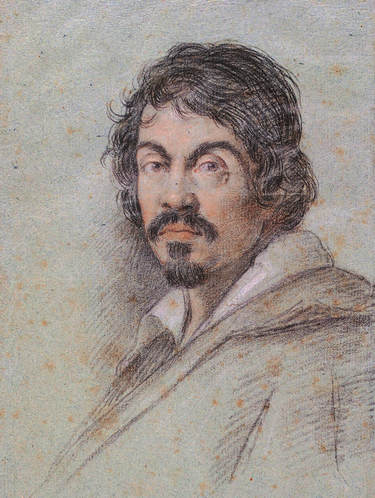
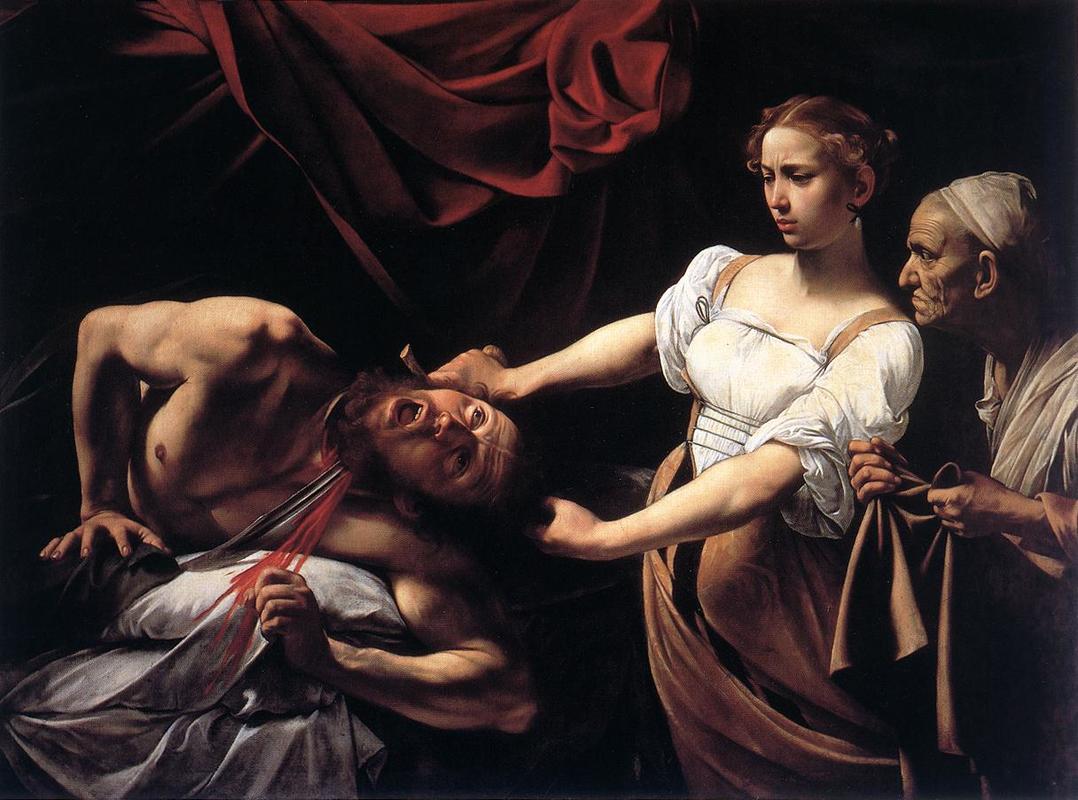
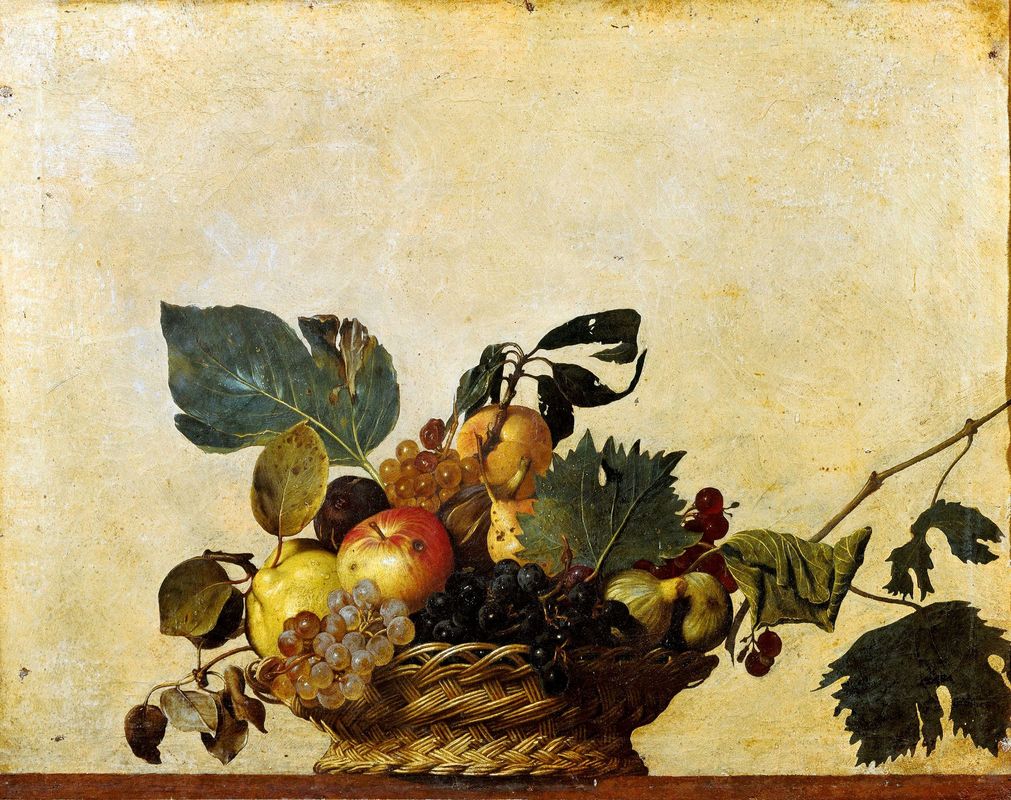



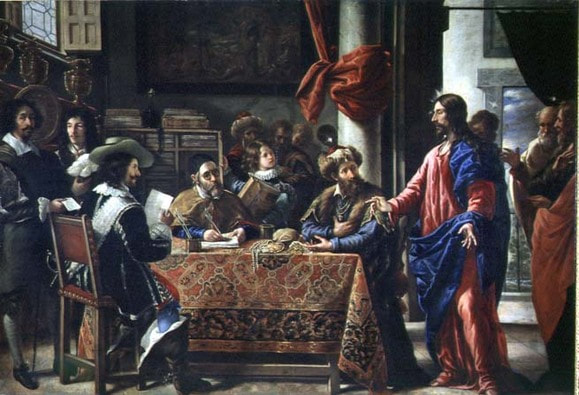


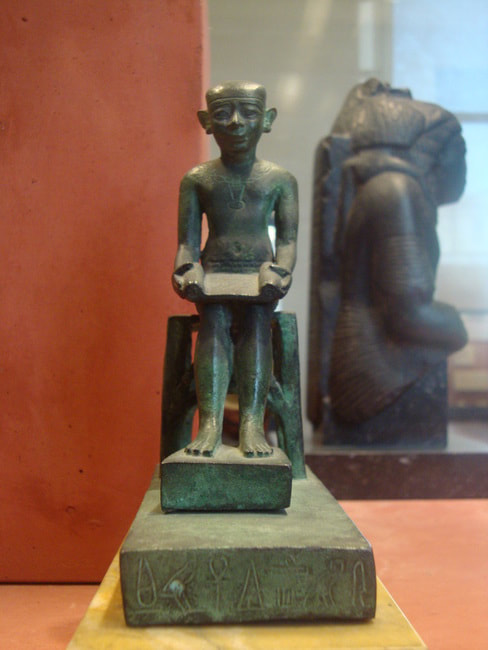
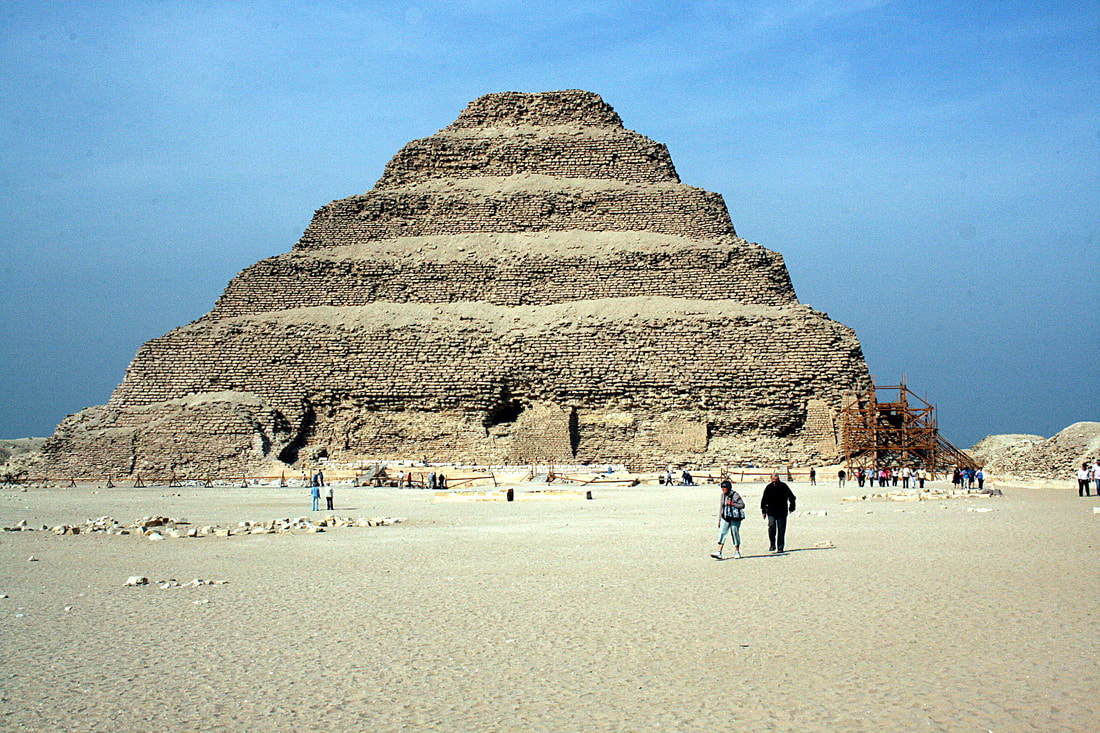


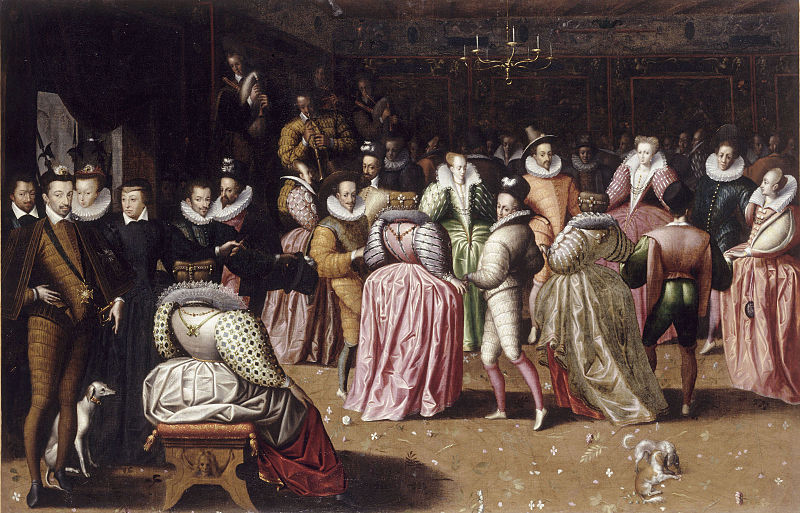
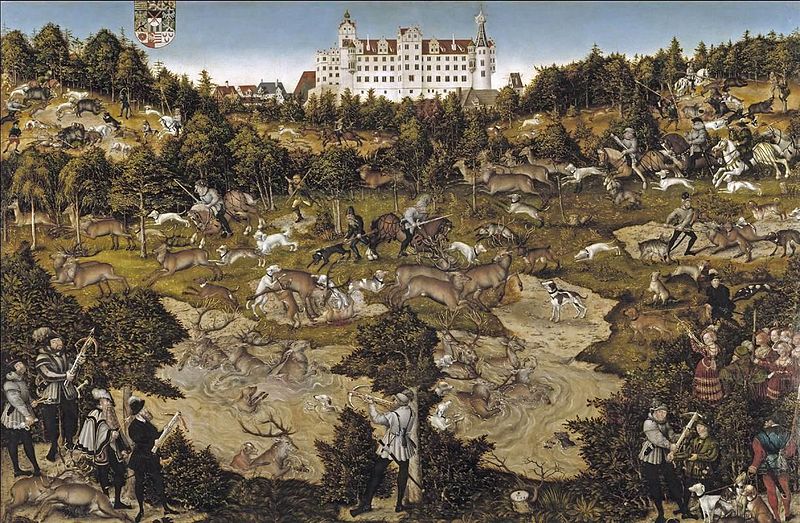
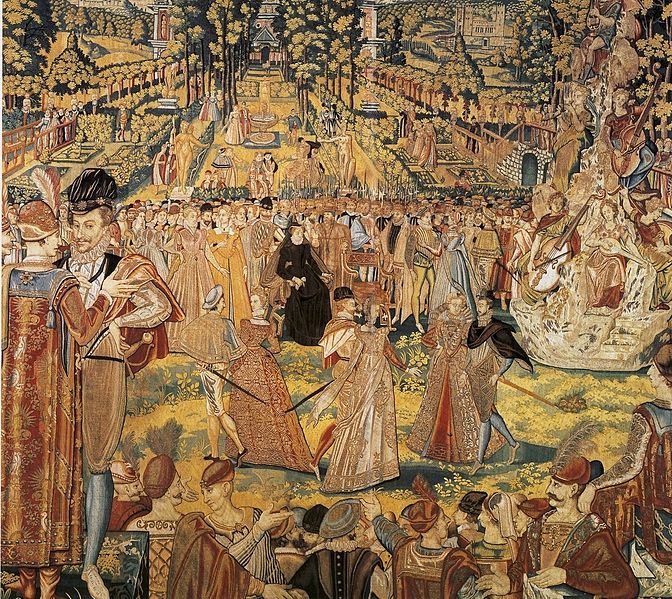


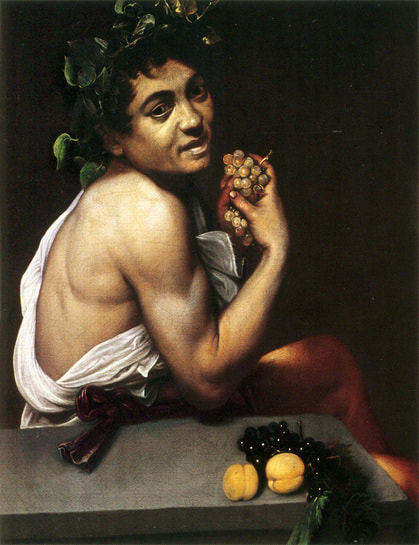


 RSS Feed
RSS Feed
